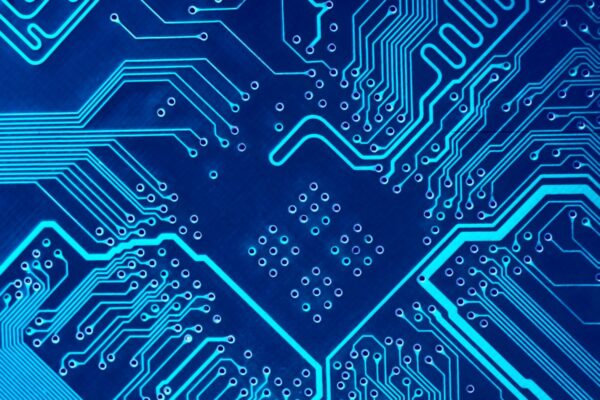What is Electroless Nickel Electroless Palladium Immersion Gold (ENEPIG)
Electroless nickel electroless palladium immersion gold (ENEPIG) is a specific surface finish technique that involves the deposition of multiple layers onto the PCB substrate to enhance its performance and reliability.
The ENEPIG process begins with the deposition of an electroless nickel layer, which serves as a barrier between the substrate and the subsequent layers. This nickel layer provides excellent corrosion resistance and acts as a foundation for the plating process.
Next, an electroless palladium layer is deposited on top of the nickel layer. Palladium is chosen for its ability to enhance the solderability of the PCB. It acts as a diffusion barrier, preventing the formation of intermetallic compounds between the nickel layer and the final gold layer during soldering.
The final layer in the ENEPIG process is an immersion gold flash. This thin layer of gold provides a protective and conductive surface finish to the PCB. It ensures good solderability and prevents oxidation of the underlying nickel and palladium layers.
ENEPIG provides excellent solder joint strength and reduces the propagation of intermetallic compounds, making it suitable for applications that require reliable soldering and wire bonding with lead-free alloys. The presence of palladium at the joint interface significantly improves the performance of the solder joints.
Furthermore, ENEPIG is particularly advantageous for IC package PCB substrates, especially ceramic-based SiP (System-in-Package) products. Unlike electrolytic processes, ENEPIG does not require bussing lines, providing greater flexibility in circuit design and allowing for higher-density designs.
One notable advantage of ENEPIG is its immunity to “black pad” issues. The use of a chemical reduction process for plating palladium onto the electroless nickel eliminates the risk of compromising the nickel layer, ensuring the integrity of the finish.
In terms of cost, the ENEPIG process is more cost-effective compared to electrolytic or electroless bondable gold processes. Replacing traditional processes with ENEPIG can result in significant savings in the total final finish cost.





